In the second part of this week, the Banat Village Museum offers a chronological journey through the history of Europe, from Prehistory to the Modern Era, with war drums, swords, axes, cannons and muskets, brave fighters and brilliant nobles, craftsmen and villagers, all being brought back to life by numerous historical reconstruction groups from Romania and abroad.
September 6-10, under the guidance of archaeologist Marius Barbu, experimental archeology workshops with prehistoric carved stone will take place. Komakiza, the Dacian blacksmith, opens the ancient blacksmith workshop, Damanais - ARS FABRILIS OFFICINA - a woodworking workshop that uses an ancient lathe, while Hrafnabroethr shows Varangian sailors and fighters from the 10th century, agerpres reports.
Also, the Losonczy Istvan Association opens the gates to the soldiers defending the Timisoara Fortress from the Ottoman expansion in the 16th century, and the Eyalet of Timisoara talks about leaders of the Ottoman world that in 1552 marked the beginning of a new era for Timisoara. In the evening, Specimen Teatro of Italy presents "Canti d'amore e tarantelle" - love songs and tarantelles, old traditional music from southern Italy.
Historical camps will also be set up, and there will be talk about life in the trading hubs along the Volga, raids on land and water, the slave trade in Kievan Rus' of the 10th century, and from the places where the Siberian taiga meets the steppes of Kazakhstan and the Mongolian plains this project of musical reconstruction that presents the culture of the Altaic peoples arrives through history.
There will be no shortage of historical gastronomy, the secrets of making traditional masks and opanaks, of the occupations of infantry mercenaries from the first half of the 15th century, of Italian mercenaries from around the year 1500, of Slovak nobles and soldiers of the 16th-17th centuries and of the Arnauts and other military typologies specific to the Balkan area at the end of the 18th century and the beginning of the 19th century, all in the cheerful atmosphere of historical camps, with shows of sound and light.
The festival ends on Sunday afternoon, with the "Battle of the Centuries" - the clash of all the soldiers from the historical camps, followed by the salute of the troops and gun salutes.




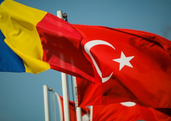



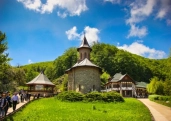












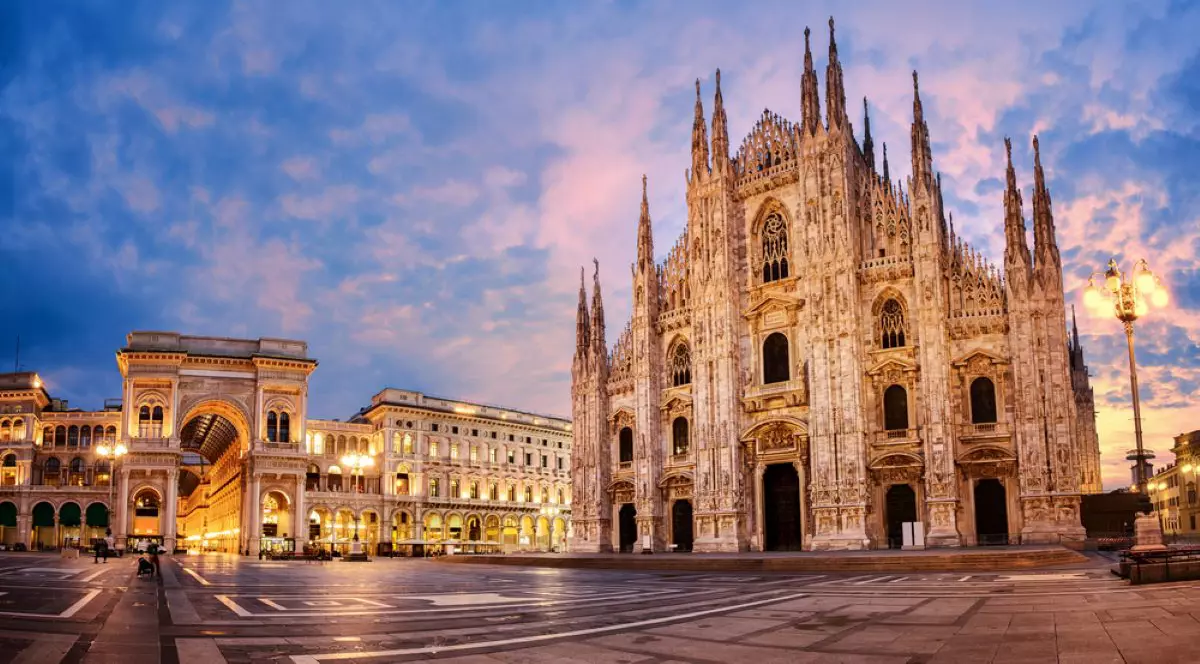

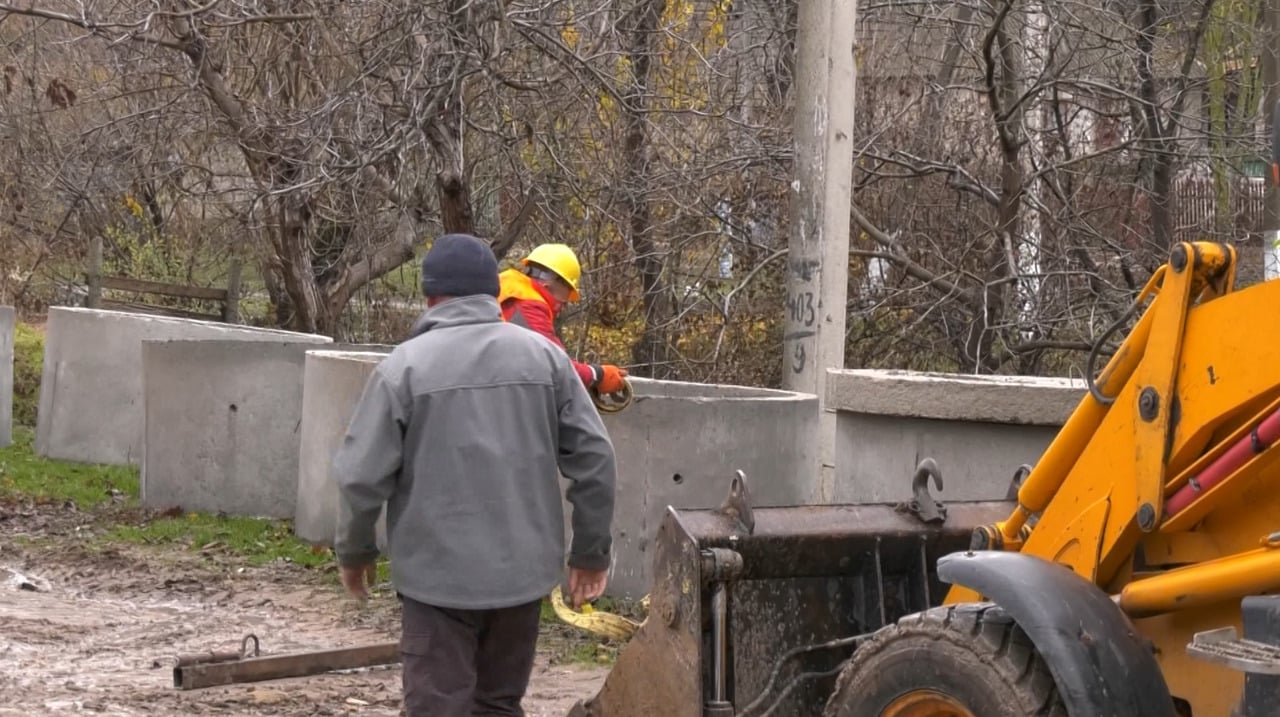





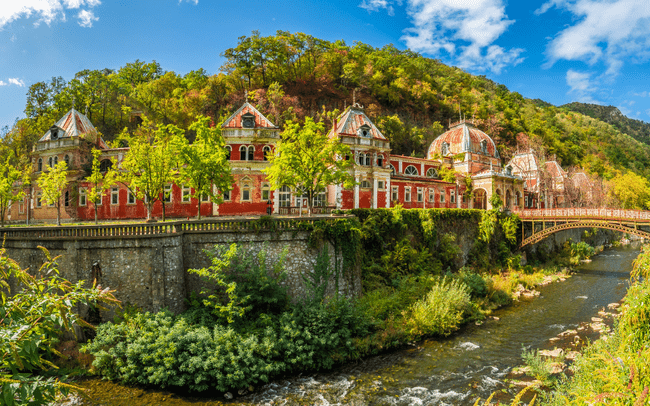



Comentează